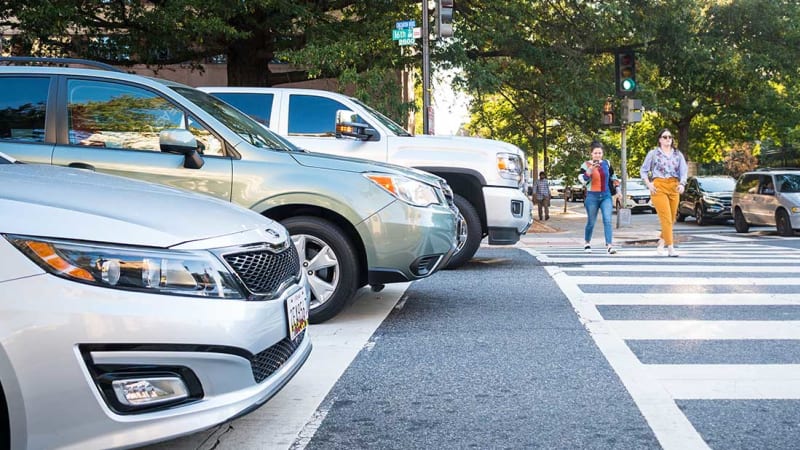SUVs less likely to kill car drivers than ever, trucks, not so much: Report
https://ift.tt/2B0w9Aq

We now turn our attention to the “Road Warrior” conditions playing out on our nation’s byways that pit trucks and SUVs against smaller passenger cars in a grim contest to see who’s safest in a crash. The good news is that cars and SUVs have dramatically narrowed their gap in incompatibility, meaning that drivers of late-model cars are less likely to die in a collision with a similarly modern SUV than they used to be. The bad news? Pickup trucks remain far more likely to kill car drivers.
The findings come from the Insurance Institute for Highway Safety in a new report that looked at vehicle incompatibility from 1989 to 2016, a period that happens to correspond with the boom in sport utility vehicles. IIHS was looking to update its own 2011 study, which found a decline in fatalities caused by design incompatibilities, by examining data on fatal crashes from the Fatality Analysis Reporting System, a census system run by the National Highway Traffic Safety Administration. The data applies to vehicles between one and four years old.
For many years now, IIHS has been focused on design disparities between vehicle types, such as mismatched bumpers and the high front ends of trucks and SUVs. In 2003, IIHS helped persuade automakers to make changes to improve safety in small cars and minivans, and to redesign SUVs with lower front ends that better aligned with the energy-absorbing structures of cars. This was after NHTSA asked automakers to address increasing vehicle incompatibility.
The new IIHS report found that late-model SUVs were 28% more likely to kill the driver of a car between 2013 and 2016 than a car-to-car collision. That may not sound like much reason to celebrate, but the figure is down from 132% from 1989-92 and 59% from 2009-12.
“For a long time, the front ends of SUVs were so high that they bypassed the energy-absorbing structures of the fronts of cars,” IIHS Senior Vice President Joe Nolan, a co-author of both studies, said in a release. “The changes prompted by the voluntary commitment largely resolved that issue.”
It’s believed that improvements in crashworthiness of small cars and minivans, with their stronger structures and addition of side airbags and electronic stability control, is thought to be responsible for the continued improvements.
Yet pickups were just as likely to kill car drivers in 2013-16 as they were in 1989-92, at 159% and 158%, respectively. That’s despite declining from a peak of 212% from 2005-08, IIHS says. The rate was 170% from 2009-12.
IIHS says the 2003 voluntary agreement helped produce more compatible pickup truck designs, but the continued menace is likely down to disparities in weights between trucks and small cars. When IIHS analyzed data on collisions between cars and light trucks, defined as weighing between 3,500 and 4,000 pounds, the increased likelihood of killing the car driver shrank to just 23%.
Researchers then went one step further and examined death rates among truck and SUV drivers — no cars this time — and found that driver death rates in 2013-16 were no longer much higher among light trucks and SUVs than among heavy ones, suggesting that greater curb weight no longer plays such a big a role in protecting vehicle occupants, thanks to other improvements.
That suggests that the next push could be to get truck makers to focus on ways to lower the weight of pickups, such as by switching from steel to high-strength aluminum. Ford famously did just that for the bed and cab of the 2015 F-150 and saved around 700 pounds. Other truck makers may soon feel the pressure to follow suit.
Auto Blog
via Autoblog https://ift.tt/1afPJWx
October 11, 2019 at 02:13PM
